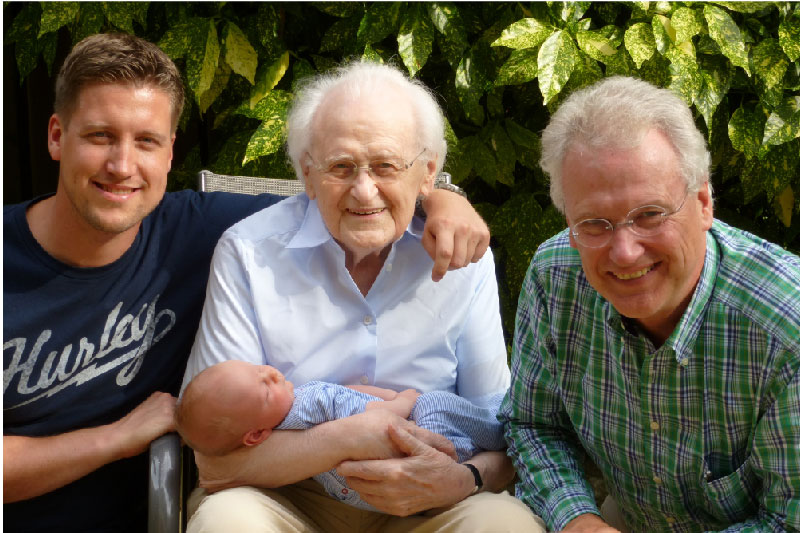This question can haunt the family members even after years of existence in the family business. Creating an effective family business ownership can resolve some of difficult questions arising in every family business:
Answering the above questions, education on rights and responsibilities as a shareholder contributes to greater and positive participation as an owner.
It is important to understand the family business ownership through the following ownership models.

The Owner – Operator family ownership model is one of the simplest models, which replicates the role of the owner. In this ownership model wherein the control is with a single person or the couple, can be successful for generations. Business families need to find a means to find who can become the owner successor on a fair basis.
The partnership model also works well, during the start up phase. The leaders in the business can be owners and earn dividends from the business. As consensus is required in partnerships, decision-making is delayed, which affects the business. If the partners are not able to reach unanimity, the business can reach a point of sell off, destroying the deep sense of identity and purpose they initially achieved from the business.
To avoid the inevitable in the partnership model, the owners can move to a distributed model, wherein the ownership is passed on to the descendants, whether or not they work in the business. All members of the future generations can become owners, but the compensation policy rewards those who are contributing to the success of the family business. It the default model in almost all family businesses, because the parents want the children to inherit equally. The challenges in this family ownership model are disagreements between family members who are working and those outside the business as regards to compensation and dividend distribution policies.
This is another family business model, where the family business owners agree to own some assets jointly as a family and own some assets independently. The family runs the core business as a profit making entity and distributes the dividends to the family branches, which can use their own money to create their own independent businesses. The internal conflicts are minimized, as the family is a whole as regards to the main business. However, the challenges lie in fund management and maintaining cash flows of the core business as independent businesses may be given priority.
In this family business ownership model, a portion of the shares are listed and publicly traded, or the family business behaves like a public company, even though it is controlled and managed by the family and privately held. Professionally experienced managers run the business, owners have a minimal role mainly restricted to electing and evaluation the board of directors. This ownership model is successful when there is requirement of outside capital infusion, or the owners are disinterested in active decision-making, or have aged and are unable to contribute at the speed of the business requirement, or there are several business owners resulting into indecisiveness.
There is no fixed methodology and time line of moving from one ownership model to the next higher model. Some businesses move back and forth between models as per need of getting out of the business or family crisis. Every model shift leads to changes in governance, legal structures and family relationships.


To create an effective Family Business Ownership Model for your family business please write to us at info@valueaddedcoaching.com or Call / Whatsapp: +91 9824009792